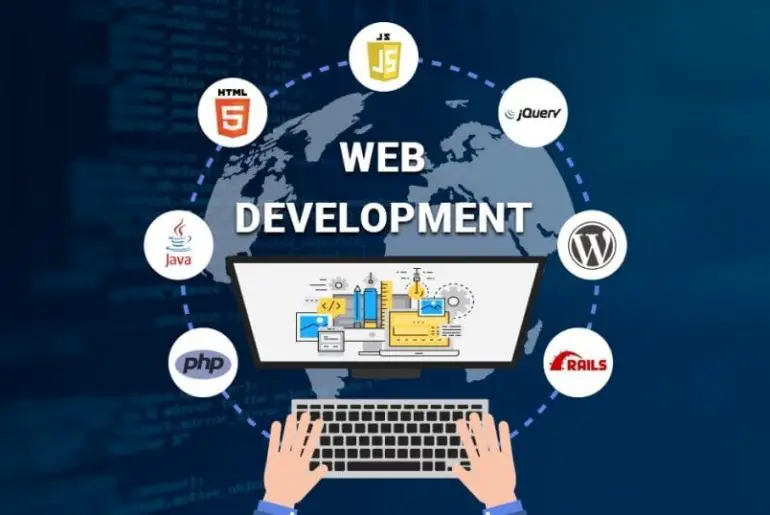Since its inception in 1995, JavaScript has developed into a crucial tool for online and software development. Due to its all-around performance, it is now the most widely used development environment on the market. In addition, JavaScript continues to develop as a programming language. Nearly 300 JavaScript frameworks are now available, and many more are being created.
While some of these crucial JavaScript frameworks are still in great demand among developers, many others have vanished as a result of their poor functionality and insufficient ecosystem updates. Businesses and developers alike must maintain track of the many JavaScript installations, including supersets, libraries, development ecosystems, frameworks, and query languages.
JavaScript Trends
The Svelte Community is Expanding Quickly
A front-end framework called Svelte utilizes a component-based design. This framework’s first iteration was published in 2016 and was developed in JavaScript. However, the third edition, which was released in 2019, makes use of TypeScript, another illustration of prominent JS trends until 2022.
Since the TypeScript version was released, the developer community has been quite interested in this framework. 15% of javascript development work with Svelte. However, the majority of programmers are content with the framework.
Data Visualization
For improved decision-making, visualizing data and communicating it to stakeholders becomes essential. It’s not always that easy, however. Fortunately, Javascript offers a wide variety of data visualization packages that you may use to build simple but meaningful data representations.
Demand for Node.js Increased Sharply
Node.js is a JavaScript runtime environment that aids programmers in producing adaptable and compact codebases. Vertical and horizontal scalability, higher performance, and a quicker development cycle are all made possible by its adaptability and modular nature.
Node.js has been seeing continuous increase in download and installation rates due to its broad features, reaching a peak in October 2021.
GraphQL Excels at Managing Data
Facebook developed GraphQL as a query language to improve the functionality of their app’s data cells. With a flexible syntax, it enables developers to query data from both the front-end and the back-end. Fast data retrieval, request customization, effective querying, and similar characteristics are additional intriguing aspects.
Utilization of Node.js
The worldwide software development community highly values Node.js as a JavaScript runtime environment for developing frontend and backend solutions. The amount of Node.js downloads increased steadily in 2021. It accelerates the pace of software product development and deployment and is very adaptable. By offering the ability to retrieve other frameworks and automate the processes of data collecting and search query, it also enhances the performance of such solutions.
TypeScript’s Massive Popularity
As an optional type-supporting superset of JavaScript, Microsoft introduced TypeScript in 2012. It used the syntax and semantics of JS and added certain more capabilities that programmers need. The difference between Typescript and JavaScript is that the latter allows for easier maintenance of expanding codebases and increased productivity.
TypeScript is the fourth most favored language in 2022, according to the Stack Overflow Developer Survey. All of these JavaScript data point to TypeScript’s explosive rise as a significant trend in the software sector.
Web Elements as the Foundation of the Web
Nobody has any idea how popular JavaScript frameworks will be in five years. However, you may utilize web components in any well-liked framework or even in simple JavaScript.
These foundational elements of contemporary web programs are referred to be framework-independent or agnostic web components for this reason. They speed up web development and cut down on the time and money required to create an application.
Parallax
Another important Javascript trend that you should think about is the use of parallax websites. It assists in giving your websites dimension and producing distinctive user experiences. This is a trend that you can’t ignore, especially when experience-driven firms see a 15% increase in income.
Conclusion
Although JavaScript is one of the most important programming ecosystems with multi-channel support, it might seem complex to companies. By leveraging comparable code structures and techniques, it aids organizations in carrying out a wide range of tasks.









